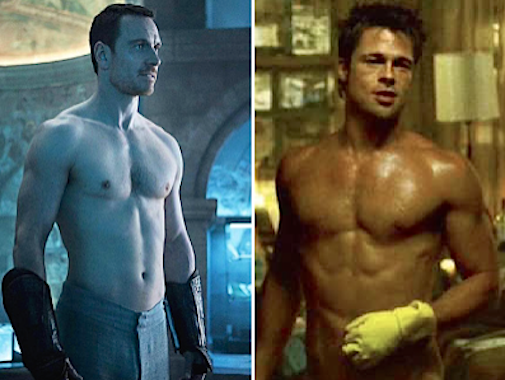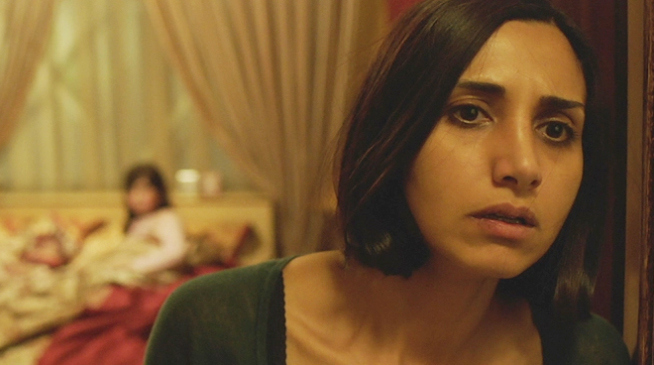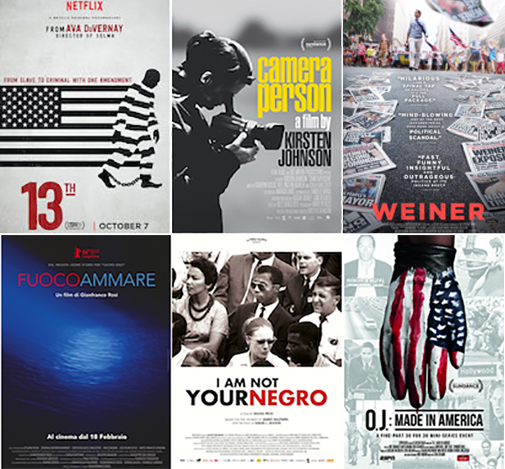Open Thread
 Wednesday, November 2, 2016 at 4:48PM
Wednesday, November 2, 2016 at 4:48PM What's on your cinematic mind? You've been so quiet and we can't read minds!
The Film Experience™ was created by Nathaniel R. All material herein is written by our team. (This site is not for profit but for an expression of love for cinema & adjacent artforms.)
Follow TFE on Substackd
We're looking for 500... no 390 Subscribers! If you read us daily, please be one.
THANKS IN ADVANCE
 Wednesday, November 2, 2016 at 4:48PM
Wednesday, November 2, 2016 at 4:48PM What's on your cinematic mind? You've been so quiet and we can't read minds!
 Wednesday, November 2, 2016 at 2:30PM
Wednesday, November 2, 2016 at 2:30PM Comics Alliance The Flash movie, starring Ezra Miller, loses its Dope director
MNPP Matthias Schoenaerts and Jane Fonda on set together!
The New York on The Handmaiden and lesbian historical fiction
EW will give us an extensive first look at Beauty and the Beast in the new issue
The Film Doctor on Woody Allen's Cafe Society - have you caught up with this on dvd?
i09 because once you are all about being on-brand, like Johnny Depp, you can't ever leave franchise-verse, he'll be joining the Potterverse for a Fantastic Beasts sequel
/Film speaking of Ezra Miller is giving a history of the Potterverse to promote Fantastic Beasts
Time Out Two time Tony winner Tammy Grimes (mother of Amanda Plummer) dies at 92
D List after a brief internet freakout Idris Elba denies that he's dating Madonna
Superhero Hype set photos from The Defenders (Netflix's answer to The Avengers) though for now its mostly just Jessica Jones in her trademark leather jacket, blue jeans, and perma-scowl
NY Times "Warren Beatty wants six hours of your time" a profile
Jezebel ,,,Rich Juzwiak on the write-around of that piece
I Like Things That Look Like Mistakes Kyle Turner on the camp value of Lady Gaga's "Joanne"
IndieWire you can now stream Michael Giacchino's Dr Strange's score in its entirety
Reel Talk time for reunion TV to go?

P.S. Jason's Polling Skills are Formidable
Two Sophie's Choices in a single day? Right here he asked us to choose between Juliet & Pauline, two such Heavenly Creatures, and at his own blog My New Plaid Pants, this showdown between topless begloved sex gods. How will you vote in both polls?
 Wednesday, November 2, 2016 at 12:31PM
Wednesday, November 2, 2016 at 12:31PM We claim no expertise on the British Independent Film Awards but this year's slate seems especially teeny-tiny. Not in the size of the films, mind you -- some are quite supersized... at least with their length -- but in the small handful that received nominations. Most of the titles were nominated in five or six categories including the UK's Oscar submission Under the Shadow, though Ken Loach's Palme D'Or winner I Daniel Blake just barely leads with seven citations...

 Wednesday, November 2, 2016 at 11:00AM
Wednesday, November 2, 2016 at 11:00AM Though yours truly (Nathaniel) owns and operates this site, I am not really part of its growing documentary beat (thanks Glenn!). But as a known stickler for rules (without rules, games and competitions and awards ceremonies are useless, truly) I plead to the cosmos "Won't anyone join me in being enormously troubled that documentary associations see no trouble in nominated O.J. Simpson: Made in America in both TV and Feature categories?" Shouldn't these organizations have rules on such things. Shouldn't they have executive committees for situations in which rules are challenged or unclear.
 The IDA Feature Nominees -- all but "I Am Not Your Negro" are also nominated in the BFCA's feature category
The IDA Feature Nominees -- all but "I Am Not Your Negro" are also nominated in the BFCA's feature category
And if there is truly no distinction between TV and Film anymore (something we're willing to entertain even if we don't like it) than shouldn't we have an abrupt end to their separation in category/awards forms? In the past week or two we've had three announcements that effect or reflect the oncoming Oscar race for Best Documentary Film. In all three (BFCA Doc nominees, AMPAS long list, and now IDA) O.J. Simpson: Made in America is included among the features but in two of the three -- the two with TV awards --its parent series is nominated for television prizes. O.J. Simpson Made in America is part of ESPN's 30 for 30 series, if we understand correctly (do we?). Can anyone explain or justify what is happening? The full list of IDA nominations is after the jump...
 Wednesday, November 2, 2016 at 8:23AM
Wednesday, November 2, 2016 at 8:23AM Anne Marie has been chronicling Judy Garland's career chronologically through musical numbers...
Despite the upheaval caused by firing most of the crew only a few weeks before, change was slow to come to The Judy Garland Show. Producer Norman Jewison made incremental changes, first giving writers free reign to make jokes about Judy, then bumping up the presence of guests and side acts, before eventually dialing them back. This show was one of the last to feature Jerry Van Dyke, Dick Van Dyke's younger brother who had acted as comic relief for the first few episodes but was critically panned for poking fun at Garland. Already a third of the way through its eventual 26 episodes, The Judy Garland Show was still very much a work in progress.
The Show: The Judy Garland Show Episode 8
The Songwriters: Various, arranged by Mel Torme
The Cast: Judy Garland, Jerry Van Dyke, George Maharis, The Dillards, directed by Bill Hobin
The Story: All of this experimentation meant strange and wonderful things appeared on the show. For instance, who would look at Judy Garland's career and think, "needs more bluegrass?" Yet, the eighth episode guest stars were bluegrass group The Dillards, best known for their recurring role as The Darlings on The Andy Griffith Show. While this episode heavily featured The Dillards playing on their own, Judy and the rest of the cast joined them for a large production number near the end of the show which blended - sometimes well, sometimes uneasily - bluegrass, big band, jazz, and folk music. No matter how many changes were pushed through, The Judy Garland Show was never dull.